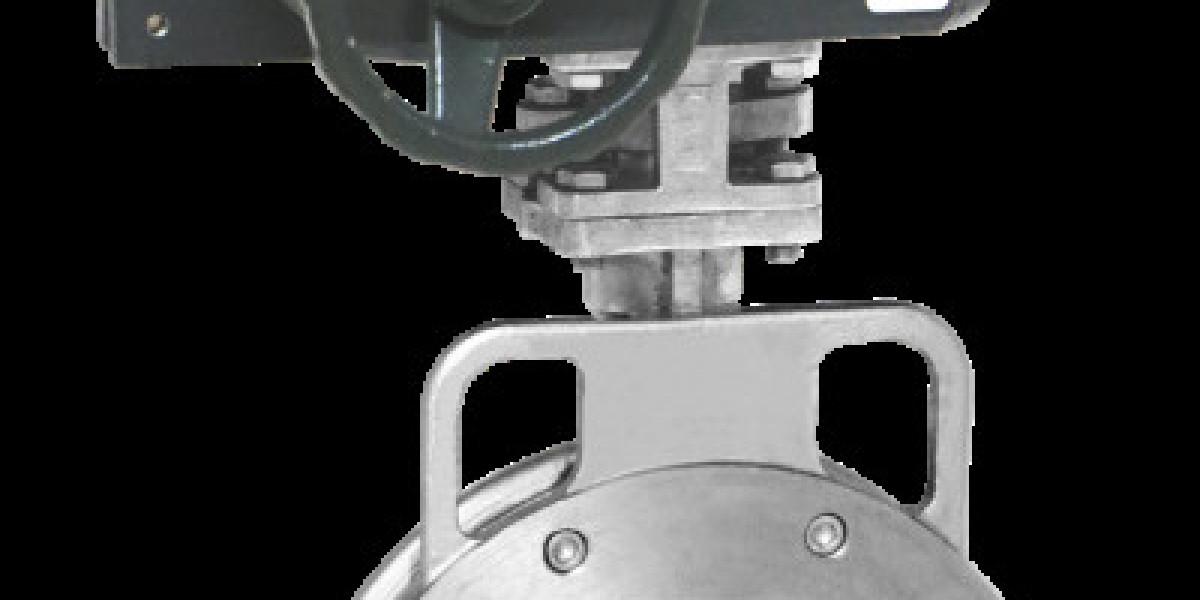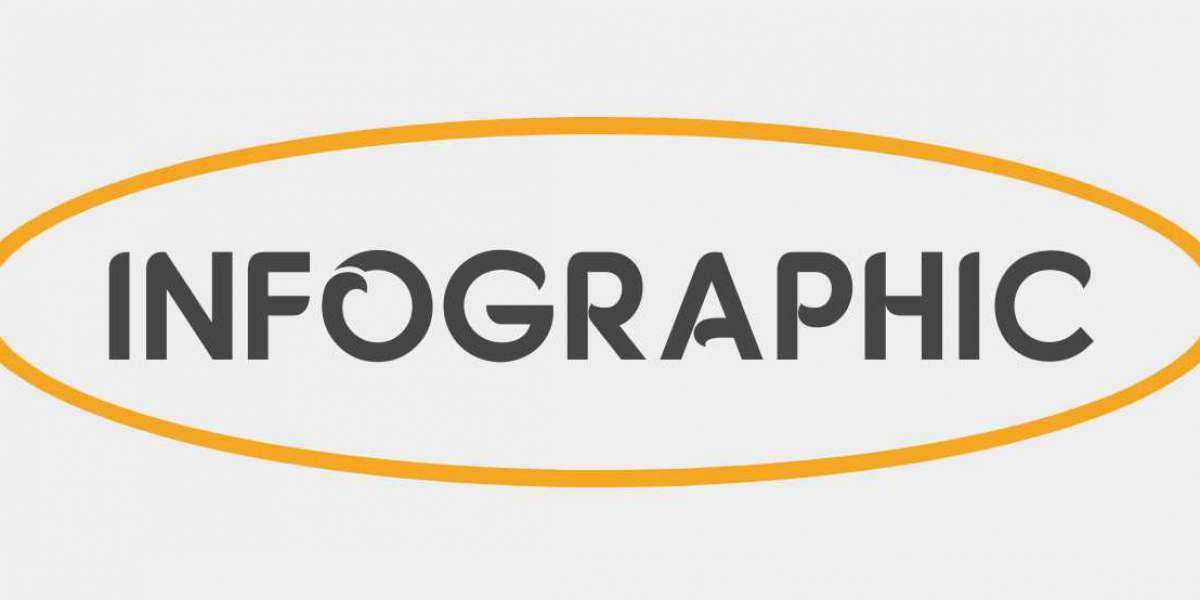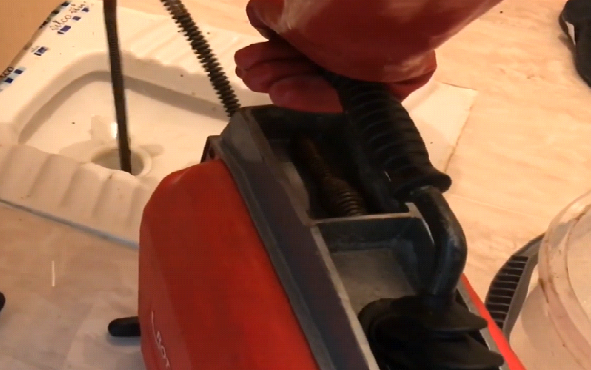Industrial butterfly valves are essential components in modern flow control systems, offering cost-effective, compact, and reliable solutions for a wide range of applications. Among the industries that heavily rely on butterfly valves are HVAC (Heating, Ventilation, and Air Conditioning), marine, and the pulp & paper industry. Each of these sectors has unique fluid control needs, and butterfly valves are well-suited to meet their operational challenges.
In this article, we’ll explore how butterfly valves are used in these industries, the specific advantages they offer, and what features to consider when selecting a valve for your application.
What Are Industrial Butterfly Valves?
Butterfly valves are quarter-turn valves that regulate or isolate flow using a rotating disc. When the handle or actuator turns the disc 90 degrees, the valve either opens or closes the passage. These valves are known for their:
Compact design
Lightweight construction
Quick operation
Low maintenance
Butterfly valves are available in various materials and configurations such as wafer-type, lug-type, and double/triple offset designs, making them adaptable to many industries.
Butterfly Valves in HVAC Systems
Role in HVAC Applications
In HVAC systems, butterfly valves are used to control the flow of chilled water, hot water, air, or steam in heating and cooling systems. Their compact size and ease of automation make them ideal for space-constrained installations like commercial buildings, hospitals, and data centers.
Benefits of Butterfly Valves in HVAC
Efficient flow control – Provides precise modulation in variable flow systems
Space-saving design – Suitable for tight mechanical rooms and ducts
Energy savings – Lower pressure drops reduce energy consumption
Easy automation – Electric or pneumatic actuators can automate control systems for better efficiency
Popular Configurations
Wafer-type butterfly valves are most commonly used in HVAC systems for their compact form. Actuated butterfly valves allow remote or automatic control, ideal for smart building systems and integrated energy management.
Butterfly Valves in the Marine Industry
Applications in Marine Systems
Marine environments, including ships, offshore rigs, and ports, require robust valve systems to handle seawater, fuel, ballast, and fire protection lines. Butterfly valves are preferred due to their corrosion resistance and space efficiency.
Why Marine Systems Prefer Butterfly Valves
Corrosion resistance – Marine-grade materials like bronze, stainless steel, or coated carbon steel ensure durability in saltwater environments
Weight efficiency – Their lighter weight helps reduce the overall load on marine vessels
Space optimization – Their slim profile is crucial where piping space is limited
High flow capacity – The design enables full bore flow, minimizing pressure loss in critical systems
Typical Uses Onboard
Ballast systems
Cooling systems
Fuel and oil transfer lines
Fire suppression systems
Butterfly Valves in the Pulp & Paper Industry
Demands of the Pulp & Paper Sector
The pulp & paper industry deals with highly abrasive, fibrous, and often chemically aggressive media. Valves in this sector must withstand tough conditions like high temperatures, fluctuating pressures, and slurry flows.
Advantages of Butterfly Valves in Pulp & Paper Plants
Abrasion resistance – Disc and seat materials like PTFE, EPDM, or metal provide excellent resistance to wear
Easy maintenance – Simplified construction allows for quick servicing and replacement, minimizing downtime
Leak-proof sealing – Ensures no loss of media or pressure, especially in chemical treatment stages
Cost efficiency – Compared to gate or globe valves, butterfly valves offer lower initial and lifecycle costs
Common Applications
Stock preparation
Black liquor and white liquor lines
Chemical dosing systems
Water treatment and effluent management
Material and Design Considerations
To ensure optimal performance and longevity in HVAC, marine, and pulp & paper applications, butterfly valves must be carefully selected based on:
Body and Disc Materials
Carbon steel or ductile iron – Common in HVAC and pulp & paper
Stainless steel – Preferred in corrosive or sanitary applications
Marine bronze or nickel-aluminum bronze – Ideal for seawater service
Seat Material
EPDM or NBR – Suited for HVAC and water-based systems
PTFE (Teflon) – Chemical resistance for pulp & paper
Metal seated – High-temperature and abrasive media applications
End Connections
Wafer type – Compact and economical, widely used in HVAC
Lug type – Suitable for systems that require frequent disassembly or dead-end service
Flanged type – Offers a more secure and durable connection for heavy-duty use
Actuation Options
Manual (lever or gear-operated) – Used in simple or small-scale systems
Electric actuators – Allow remote operation and integration with building or plant automation systems
Pneumatic actuators – Fast response and high reliability in industrial setups
Maintenance and Inspection
Routine maintenance is essential to ensure the performance of butterfly valves, especially in pulp & paper and marine applications where the media may be aggressive or abrasive. Regular inspection of the disc, seat, and actuator helps prevent leakage, sticking, or flow inefficiencies.
Why Choose Butterfly Valves Across Industries
Butterfly valves offer an excellent balance of cost, reliability, and performance, making them ideal for HVAC, marine, and pulp & paper industries. Their quick operation, low torque requirements, and compatibility with modern automation systems make them a go-to choice for engineers and plant managers.
By selecting the right material, seat type, and actuator, butterfly valves can serve reliably for years, even in challenging industrial environments.
Conclusion
Industrial butterfly valves are a key element in efficient fluid control systems across diverse industries. In HVAC, they contribute to energy efficiency and ease of control. In marine environments, they deliver corrosion resistance and space-saving benefits. In the pulp & paper industry, they withstand abrasive and chemical-laden media.
Selecting the right butterfly valve tailored to your application's specific requirements ensures long-term performance, operational safety, and cost savings. Whether you manage a mechanical HVAC system, a ship’s pipeline network, or a pulp processing plant, butterfly valves provide a dependable and versatile solution.








